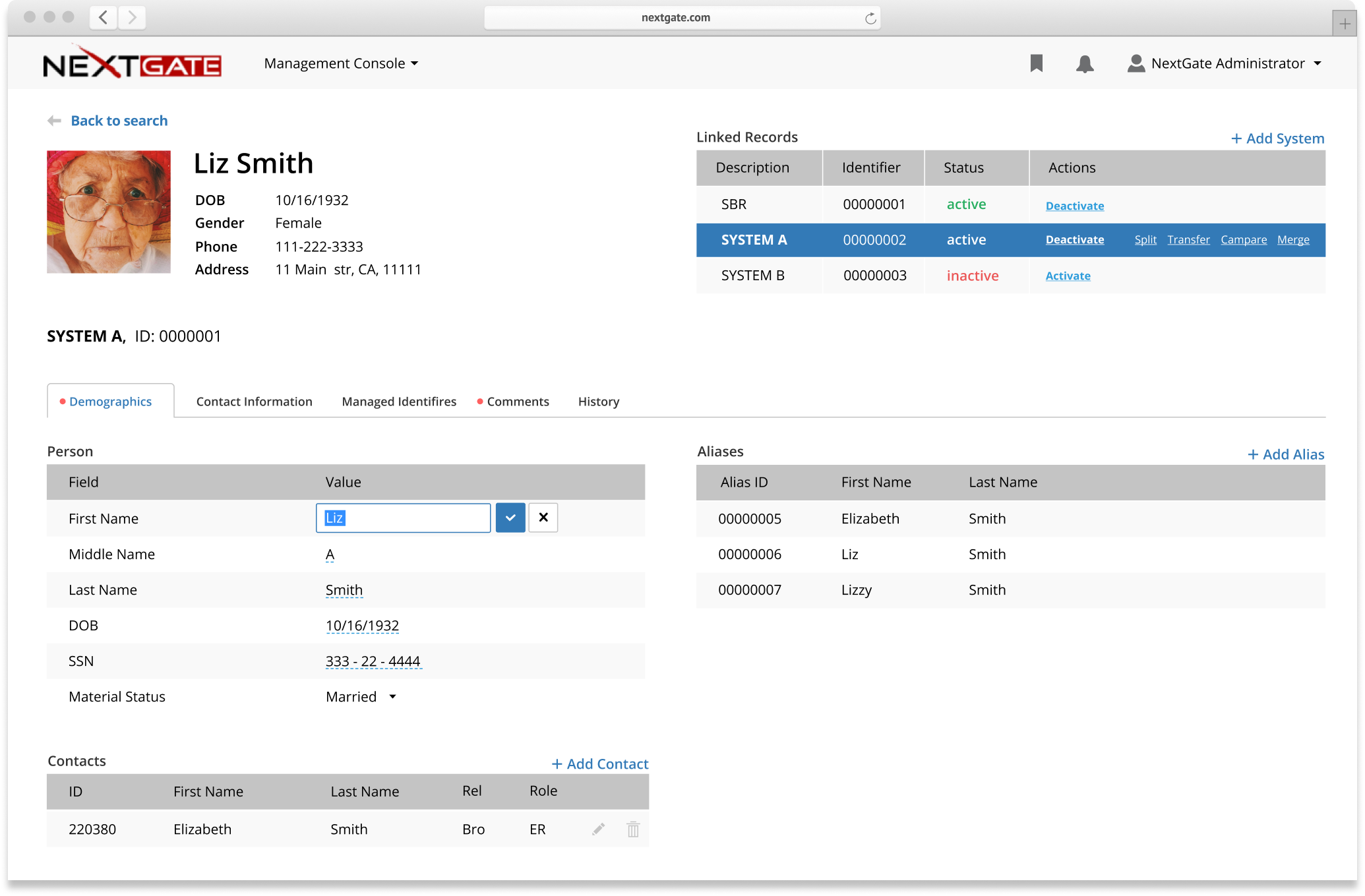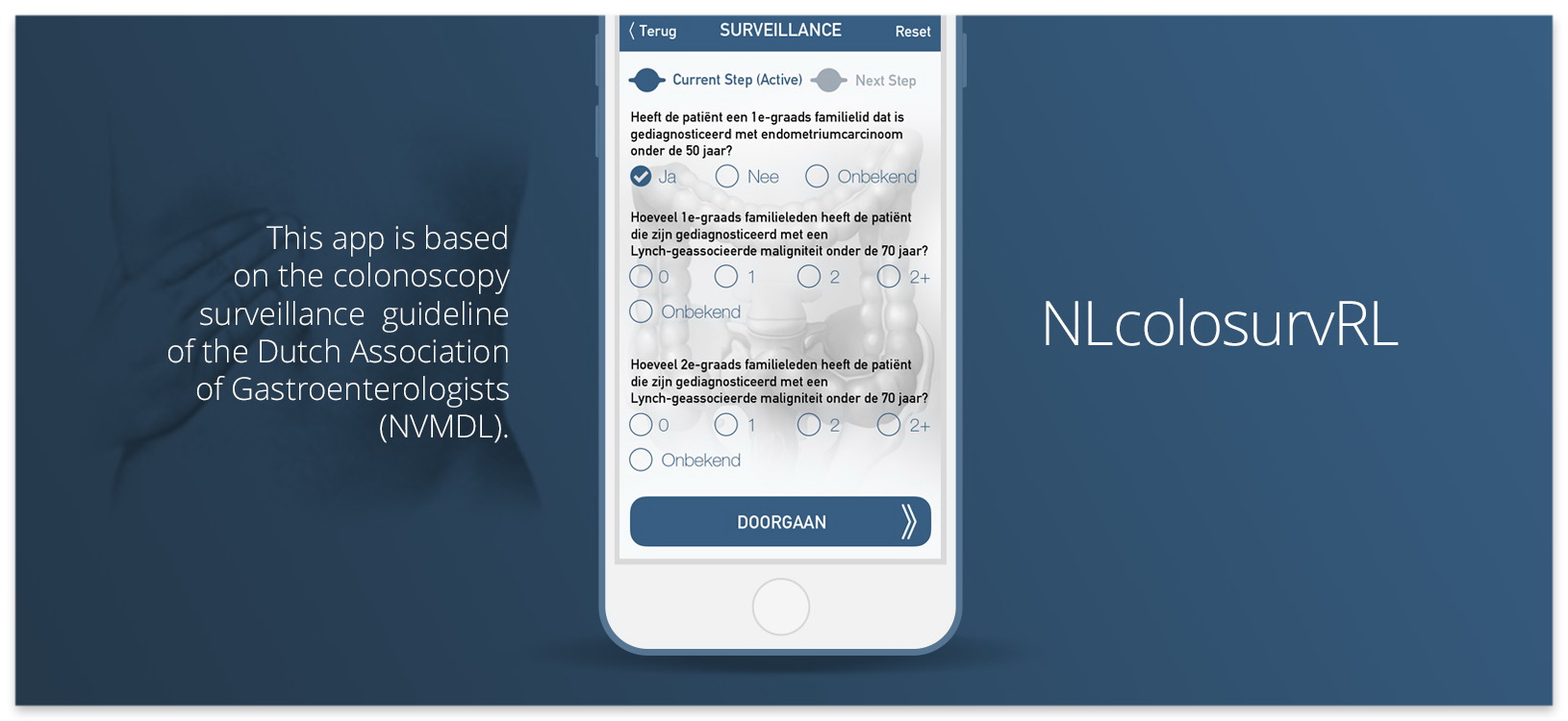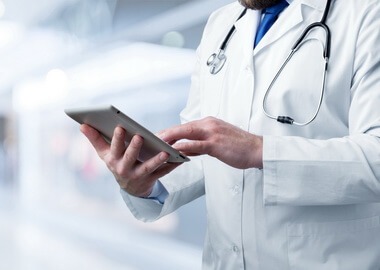How to Develop a Medical App for Doctors
With more and more hospitals employing health apps, doctors are rapidly changing the way they provide treatment. Long gone are the days when people were standing in lines just to be redirected to another specialist.
Apps are not just about convenience. Thanks to them, the satisfaction rate is higher than ever, reaching around 80% on average in the healthcare industry. These apps are able to simplify the interaction among patients and doctors, allowing the whole medical process to run smoother.
Healthcare apps for doctors are on the rise. A study published by Research and Markets reports that the mobile health market is set to reach around $102 billion in 2023. Although the popularity of such apps continues to grow, the starting price of developing one is around $20k and will get higher as the industry evolves.
To make things easier for you, we’ve outlined different types of apps, vital features, costs, and steps you should take to make your app more robust and unique.
Mobile development is a thorough process that requires meticulous planning and an in-depth understanding of the context the app is used. There’s a difference between a fitness app and the app built for nursing. They might be similar from the developer’s point of view, but certain characteristics make a difference for a doctor or other healthcare professional. Knowing what to address in an app will determine its success.
- Assistive apps. These tools help post-op patients, patients with special needs and those who suffer from the mental disease to perform day-to-day tasks. Assistive applications can make reading, communication, mobility, body support, and other basic actions easier for patients. At Digiteum, we’ve created an assistive app called How Do I? that uses recognition and other technologies to provide people with brain injuries, learning disabilities, and mental disorders with help in learning and performing daily tasks. The tool has been recognized with several awards and chosen as one of the 10 participants in IKEA Bootcamp. Read about the app for learning disabilities development services in our Case Study.
- Medication adherence apps. Non-adherence to long-term medications is a global problem. Apps that remind users to take meds on time are promising tools for dealing with the issue. So as the drug apps for doctors that help healthcare providers find the information about different medication and calculate dosage if needed. Our team had a chance to explore the field of adherence apps by creating the CF Medication app for disease management. This app reminds patients with cystic fibrosis to keep up with their medication intake schedules and helps people who undergo treatment stick to the plans created by their doctors.
- Telemedicine apps. These applications allow doctors to consult patients by smartphones. This improves access to remote areas and frees patients from the need to sit in a waiting room. Seeing a high demand for telemedicine apps in modern healthcare, we’ve enabled remote communication between doctors and patients on our Nausea Care App.
- Medication management and e-prescription apps. Controlling the sales of unprescribed medication and optimizing the prescription process can be achieved with the help of medication management tools. Using medical apps for doctors to send prescriptions, healthcare providers make sure patients can keep up with their medication without the need to wait in long lines to renew a prescription. Moreover, all medication sales can be tracked and the purchase logs kept via apps as well.
- Treatment monitoring and patient tracking apps. Hospitals actively use mobile technology to engage patients in their treatment and monitor their progress on a daily basis. At Digiteum, we have created an app for OLVG hospital in the Netherlands that tracks the progress of oncology patients’ treatment. The application sends regular reminders to patients and notifications to doctors so they can monitor the treatment process.
- Patient engagement apps. These tools allow patients to self-track the state of their health and increase awareness of their current medical condition. One of the best patient engagement apps in the market – MSD Chemodiary increases the engagement level of oncology patients. Using the app, they can register health data, record the reaction to medication, and share this information with doctors for prompt feedback and more productive treatment. Using medication calendar app also boosts adherence.
- EHR Managers. Mobile Electronic Health Records allow both doctors and patients to access medical data on the go. This way, physicians are no longer chained to a desk while building treatment plans or advising their patients. Patients, on the other hand, can access their health data regardless of their location. Thanks to EHR, hospitals can quickly retrieve important health data via APIs and make sure people get high-quality healthcare service everywhere. At Digiteum, we’ve developed the interface for NextGate EHR Manager, which gives hospitals access to the most up-to-date patient data in a clear and secure way.

- Chronic disease management apps. According to the Center for Disease Control and Prevention, chronic diseases are responsible for 70% of deaths in the US. Such statistics prove the need for technology-induced means for chronic disease management. Using our extensive experience in developing apps for cancer patients, we’ve seen the progress of chronic disease management technology firsthand. Using such applications, patients can not only manage their treatment but also stay updated on the latest information about the research on their disease, new medication and treatment practices as soon as they appear.
Learn more
The benefits of using mobile apps in health and social care.
eHealth tools to improve medication adherence and patient engagement
Progress tracking
One of the goals of medical technology is to help patients and healthcare professionals to monitor treatment and keep track of its progress. For this purpose, medical applications collect data and provide progress tracking in the form of graphs or charts. Thanks to this feature, doctors can study the reports based on the treatment history and get a better picture of the patient’s progress.
Two-way doctor-patient communication
Efficient doctor-patient communication is vital for patient satisfaction and treatment efficiency. Remote communication with patients makes a great feature for a reliable medical app for doctors. Patients are able to get feedback from their physicians and learn about their treatment and medication adherence progress. After all, for many patients, mobile technology is hard to get used to, while direct contact with a doctor or other medical professional in an app helps make mobile experience more natural.

Cloud data storage
With the development of cloud service providers, medical applications have shifted towards this type of data storage. For one, it offers users access to medical files from different devices and is less hardware-dependent. This way, the data can be accessed by different institutions from different locations. It significantly improves the standard of caretaking. Secondly, today’s cloud computing in the healthcare industry promises better reliability, flexibility and security for data storage – something medical app developers are looking for while building new products.
Monitoring and analytics
Implementing reporting tools in health tech comes very handy sometimes. Powerful analytics allows doctors to make use of all the patient data collected during medical checkups. This can be taken into account while designing treatment plans or creating new patient care protocols.
Having access to analytics, healthcare professionals are able to predict emerging epidemic trends, determine possible threats, define the most common post-op complications and prepare to face these challenges accordingly.
Adding monitoring and analytics tools to healthcare apps expands their capabilities and provides healthcare professionals with valuable insights. Eventually, it leads to improved healthcare services, budget optimization, and better patient experience.
Looking for a tech team to build your app? Check our iOS app development services
Agile navigation system
Many medical apps are not user-friendly enough – they are stuffed with tables and hundreds of data rows. Navigating through all this data is challenging for users.
In order to help users find a record, a healthcare professional or an article on some disease easily, designers should build simple yet functional navigation for the apps in the medical field. It should allow users to filter information as they need and parse as precise search queries as possible.
Offline access
Uninterrupted access is crucial when it comes to healthcare experience. As doctors have to deal with emergencies on a daily basis, lives shouldn’t depend on the quality of the Internet connection. This is why offline access is so important for many medical apps for doctors. And why developers have to ensure all critical health data stored within the app has an offline backup in case of a power outage or any other disturbance.
Real-time updating
The ability to provide real-time up-to-date data is one of the most important features for the applications in healthcare. Many medical apps need to be able to refresh the information they present in real time. Others need to be able to instantaneously share up-to-date data between the network of devices. This feature enables efficiency and timely informing, which is often crucial in healthcare.
Cross-platform accessibility
Medical applications can be used on different devices – patients use their personal phones, doctors use portable tablets for checkups and web system at the office. Therefore, today’s apps are often built cross-platform. It allows for better accessibility and timely updates.
Enhanced security algorithms
mHealth app creators have to take potential security and privacy threats into account while developing a product. EHRs, above all else, are the main target for data theft.
In order to protect confidential data from being stolen and misused by third-parties, healthcare apps are often secured by encryption algorithms, apply a multi-factor user authentication system, and pass through the certification procedure.
If an app is used by connected devices, a developer has to mitigate possible risks to maintain devices as a separate network and monitor IoT hardware on a regular basis to detect breaches as soon as they appear.
Learn more
IoT, big data, and AI-enabled technologies help increase life expectancy and improve its quality.
Mobile development is a lengthy process that requires a lot of planning. Knowing where to start and what to do will accelerate time to market, as well as ensure high-quality. Keep in mind that certain apps require even more time in the oven.
Complete guide on mobile application development process
Picking the right security architecture
It’s important that you settle on reliable security architecture. Without it, healthcare mobile app development is practically impossible. After all, patients’ data is worth millions on the dark web. There are many different security systems to choose from, but make sure they cover international security standards, have encrypted data transmission, and allow for risk assessment and mitigation.
Outlining core features
While you can create your app as an all-in-one tool for doctors, it’s best that you stick with just a few functions and refine them. For example, you can try out different business analysis techniques to help you better understand what your audience wants. If there’s one thing users hate, it is having tons of mediocre features.
If you are confused and need a good example, check one of our apps CF Medication. It was designed with doctors and patients in mind. It does not have redundant features and covers only the essentials. Quality over quantity.
Learn about pharma app development and ways to increase patient engagement
The design language
First impressions are the most important ones. If you plan on cutting your budget on design, your product won’t look like a professional healthcare app. After all, UI/UX design process is among the most important phases of product development. The more your app can stick out of the bunch, the more likely it is that users will download it. Having a compelling icon, minimalistic UI, and snappy animations will surely make a huge difference.
You can also take a look at our NL Colosurv app. It was designed to assist gastroenterologists in automating patient assessment. Thanks to the clever UX and appealing UI, it makes sure doctors don’t get lost in the questionnaires and tons of content.

Development of a great product might cost a penny. A good medical app for physicians can cost from $20k to $100k.
There are many factors that can influence the price tag, including deadlines, amount of features, design quality, and the complexity of functions. But in spite of the price, the benefits are worth it. However, it will take some time before you can see the outcomes.
Conclusion
Developing an app for doctors is a challenge that is completely different from developing a game or any other type of app. It requires attention to details and compliance with different laws. However, if properly executed, it changes the routine and ultimately becomes a driving force for better healthcare experience.
We at Digiteum rely on the years of experience in this field and know what makes a good medical app. If you’ve been looking for a partner for healthcare software product development, drop us a message. We will help you outline the core features, as well as ensure high quality.




